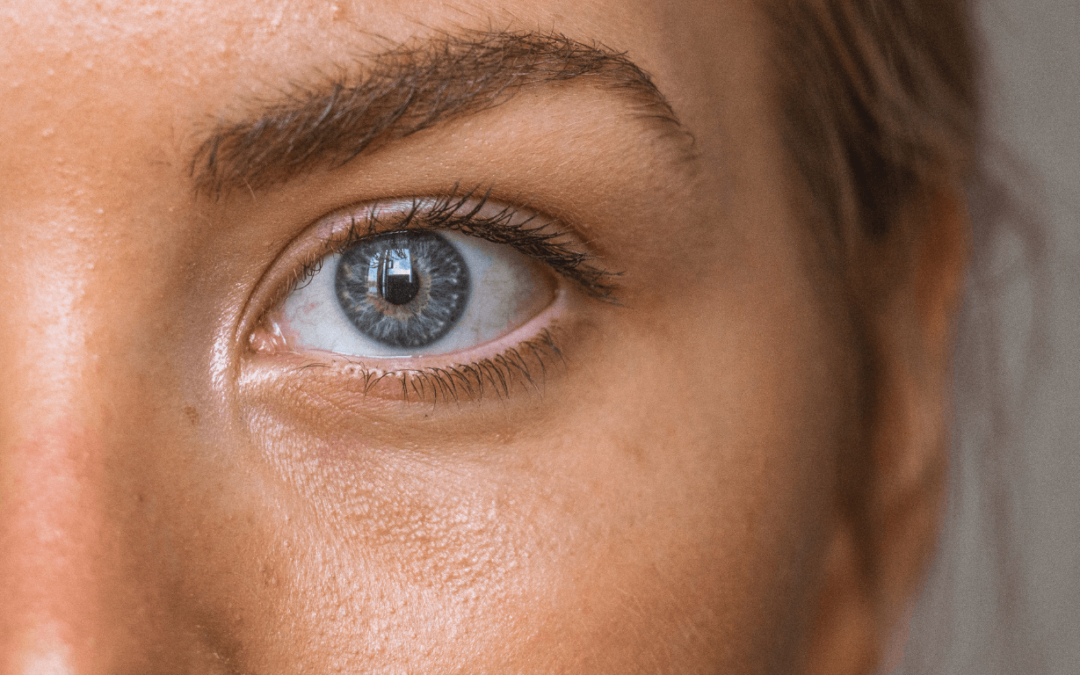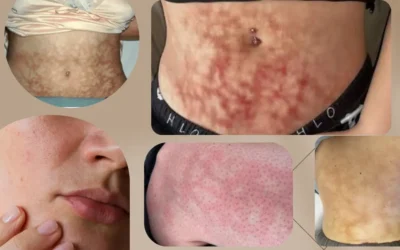Having bumpy skin on your face can be frustrating and affect your self-confidence. If you’re dealing with this common skin concern, you’re not alone.
In this comprehensive guide, we will explore the causes of bumpy skin on the face and provide effective strategies to help you achieve a smoother and clearer complexion.
Whether you’re dealing with acne, texture irregularities, or other skin conditions, we’ve got you covered.
Understanding Bumpy Skin on the Face
What Causes Bumpy Skin on the Face?
Bumpy skin on the face can be caused by various factors. Some common causes include acne breakouts, clogged pores, texture irregularities, allergies, skin infections, or underlying skin conditions such as rosacea or keratosis pilaris.
Different Types of Bumps on the Face
Not all bumps on the face are the same. Understanding the different types of bumps can help you identify the underlying cause and choose the appropriate treatment. These may include whiteheads, blackheads, papules, pustules, nodules, or cysts.
Identifying Your Skin Type
Knowing your skin type is essential for developing an effective skincare routine. Whether you have oily, dry, combination, or sensitive skin, understanding your skin type can help you choose the right products and treatments to address bumpy skin.
Treating Bumpy Skin on the Face
Establishing a Consistent Skincare Routine
A consistent skincare routine is crucial for maintaining healthy and clear skin. We’ll guide you through the essential steps, including cleansing, exfoliating, toning, moisturizing, and protecting your skin from the sun.
Each step plays a vital role in addressing bumpy skin and improving overall skin health.
Choosing the Right Products for Bumpy Skin
Selecting the right products for your skin type and specific concerns is essential.
Look for ingredients such as salicylic acid, benzoyl peroxide, retinoids, alpha-hydroxy acids (AHAs), or niacinamide, which can effectively target acne, unclog pores, and promote smoother skin texture.
Professional Treatments for Bumpy Skin
In some cases, professional treatments may be necessary to address persistent bumpy skin.
We’ll explore options like chemical peels, microdermabrasion, laser therapy, or microneedling, which can help improve texture irregularities, reduce acne scars, and promote skin renewal.
Home Remedies and Natural Treatments
If you prefer natural alternatives, we’ll discuss several home remedies and natural treatments that can help improve bumpy skin on the face.
These may include tea tree oil, aloe vera, honey, green tea, or oatmeal masks. While these remedies can provide temporary relief, it’s important to consult with a dermatologist for severe or persistent skin concerns.
Preventing Bumpy Skin on the Face
Tips for Prevention
Taking preventive measures can minimize the occurrence of bumpy skin.
We’ll provide practical tips on maintaining a clean and healthy complexion, including proper hygiene, avoiding pore-clogging products, protecting your skin from environmental aggressors, and maintaining a balanced diet.
Lifestyle Factors
Certain lifestyle factors can influence the appearance of your skin. We’ll discuss the importance of managing stress, getting sufficient sleep, staying hydrated, and maintaining a healthy lifestyle to support clear and radiant skin.
Seeking Professional Advice
If you’re struggling with persistent bumpy skin on your face, it’s crucial to seek professional advice from a dermatologist. They can assess your skin condition, provide an accurate diagnosis, and recommend personalized treatment options based on your unique needs.
Conclusion
Achieving smooth and blemish-free skin requires patience, consistency, and the right approach.
By understanding the causes of bumpy skin on the face, establishing a tailored skincare routine, and seeking professional guidance when necessary, you can effectively address this common skin concern and regain your confidence.


